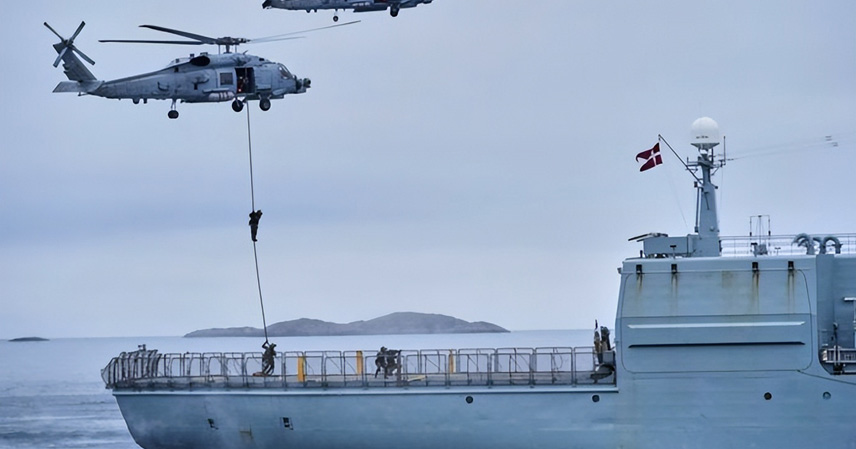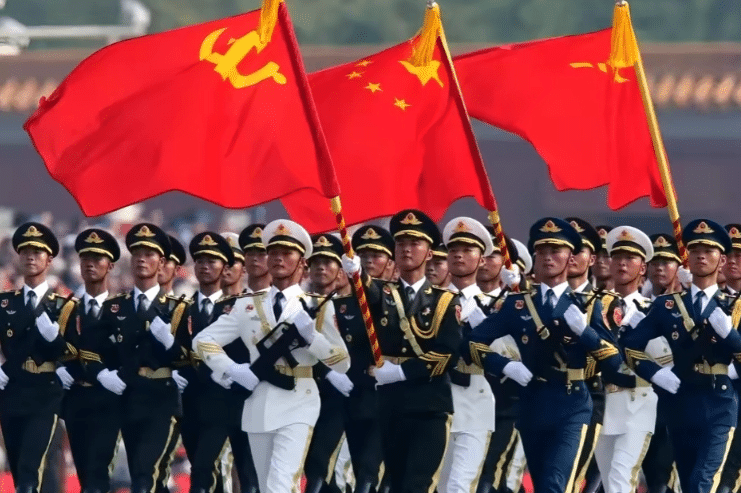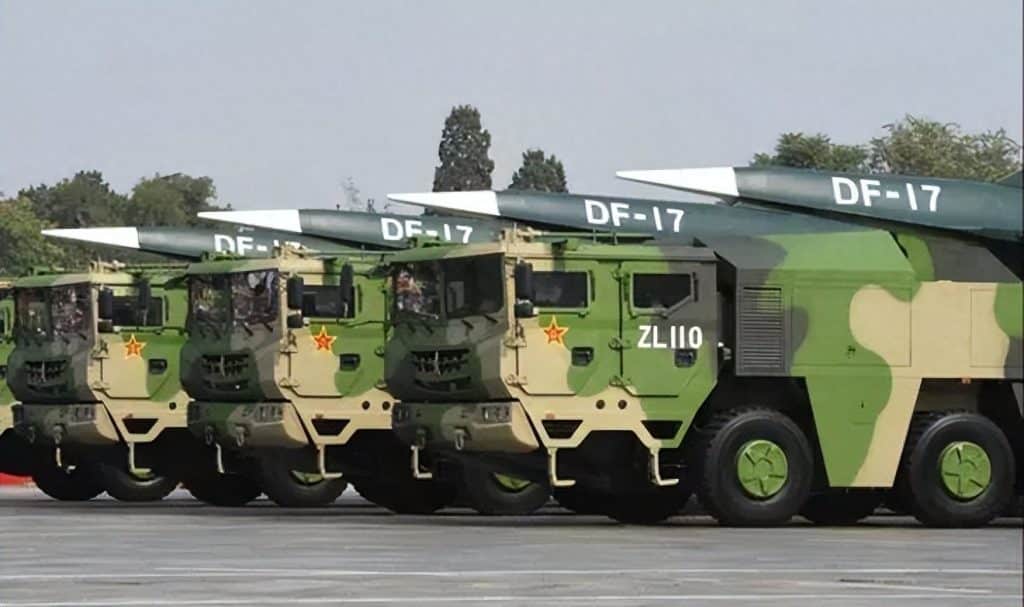Trump is about to face another major crisis — the situation is worsening rapidly. The Russia–Ukraine conflict shows no signs of ending, and his bold promises have repeatedly turned into jokes. A tariff war against China is no longer a viable option, and as for rebuilding America’s rare earth supply chain, that is simply impossible. Buying is out of reach, and even military seizure holds no hope. Now, five European nations have already deployed troops to the island, and the Japanese are preparing to arrive as well.
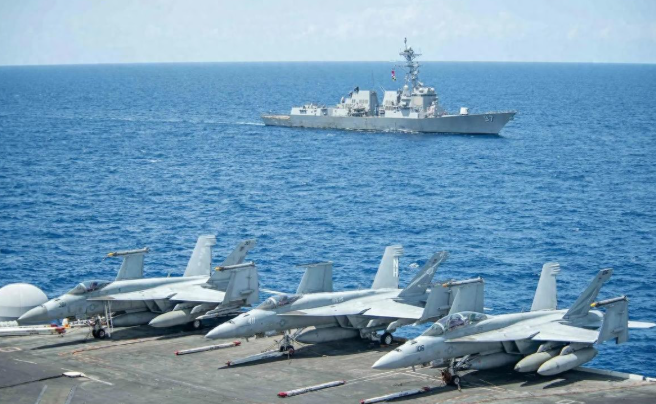
1. Gathering War Clouds Over Greenland
On September 12, the Danish government made a shocking announcement: it would spend $9.12 billion on acquiring multiple medium- and long-range air defense systems — the largest single arms procurement in Denmark’s history.
Denmark, with its relatively modest GDP, has never been directly involved in the Russia–Ukraine conflict. So why invest such a massive sum in weapons systems? The answer lies in Greenland, whose vast underground reserves of rare earth resources are now at the center of geopolitical competition.
Denmark is not buying the U.S. Patriot or THAAD systems. It is deliberately avoiding American systems, not because of cost or performance, but because the true threat Denmark seeks to deter is the United States itself.
Trump had openly declared his intention to seize Greenland in pursuit of its rare earths. Although European nations opposed the plan, American politicians have visited the island repeatedly, signaling Washington’s determination. With U.S. plans to secure Ukrainian rare earths having collapsed, the likelihood of a U.S. move on Greenland has only increased.
From Europe’s perspective, if the U.S. is not stopped in Greenland, it may embolden Washington to consume even more European territories in the future. Thus, Denmark has partnered with France, Germany, Sweden, and Norway to launch the “Arctic Light 2025” joint exercise, beginning on September 9 and running until September 19. Though involving only 550 soldiers, the geography of Greenland — narrow, harsh, and strategically vital — makes it highly defensible.
Greenland, Iceland, and the U.K. form the so-called “GIUK Gap”, a strategic chokepoint that controls North Atlantic shipping routes. Controlling this gap reduces Russian influence in the Arctic, a region crucial to Russia’s northern trade.
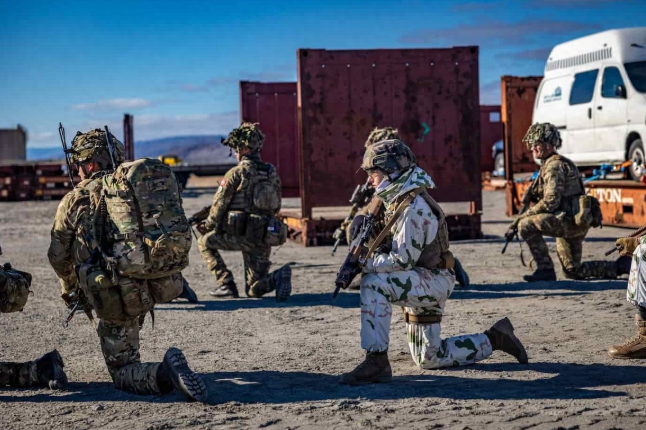
2. Denmark Won’t Completely Break with the U.S.
Although Denmark is firm in its stance, its leaders acknowledge Europe’s military weakness compared to the U.S. Thus, Danish officials soften their rhetoric, warning that Greenland’s extreme weather, rugged mountains, and lack of infrastructure make it an “easy-to-defend, hard-to-attack” territory.
Yet the U.S. excels at seizing air superiority and deploying airborne troops, so Denmark is bolstering its air defense capabilities. This includes investing $2 billion more in Arctic defense, purchasing naval vessels, long-range drones, and forming Arctic special forces.
Trump, once vocal about Greenland, has recently gone quiet — a silence that only increases Denmark’s anxiety about his next move. Having suffered setbacks in both China tariffs and the Russia–Ukraine conflict, Trump may turn to Greenland as a distraction.
Although both NATO members, Denmark and the U.S. are no longer aligned. Denmark may still buy F-35 fighters, but for missile defense it is turning to European suppliers — a blow to Trump’s ambitions to dominate global arms sales, and a major obstacle to his Greenland takeover plan.
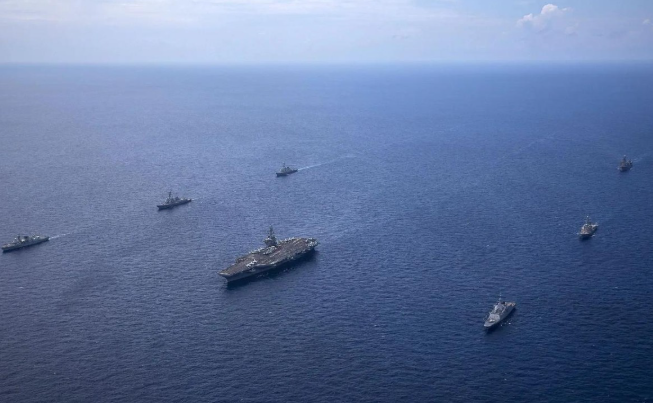
3. Japan’s Entry into Greenland
The “Arctic Light 2025” exercise has left the U.S. sidelined. Unlike previous European drills, this one excluded American forces entirely. Europe and the U.S. are diverging, with France drifting further from Washington. The U.S. presence in European and Arctic affairs is visibly shrinking.
It is even possible that Washington may be forced to withdraw from its long-standing Greenland air base, which has become more of a liability than an asset.
Meanwhile, the EU and Japan are forming an alliance. On September 16, EU officials in Tokyo declared plans to jointly develop Greenland’s rare earth and graphite resources, establishing a rare earth supply chain independent of both China and the U.S.
Greenland, a Danish colony until 1953, gained autonomy in 2009. Trump, during both of his presidencies, proposed stripping it of autonomy and annexing it into the U.S. Such ambitions have driven Denmark and the U.S. further apart. Whether Greenland remains under Denmark’s control or falls into U.S. hands remains uncertain.
References
- Danish Ministry of Defence announcements, September 2025
- EU–Japan joint statement on Greenland resources, September 2025

